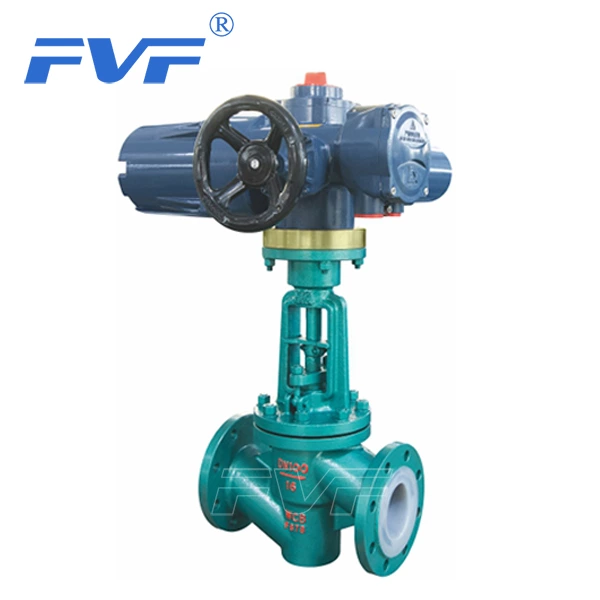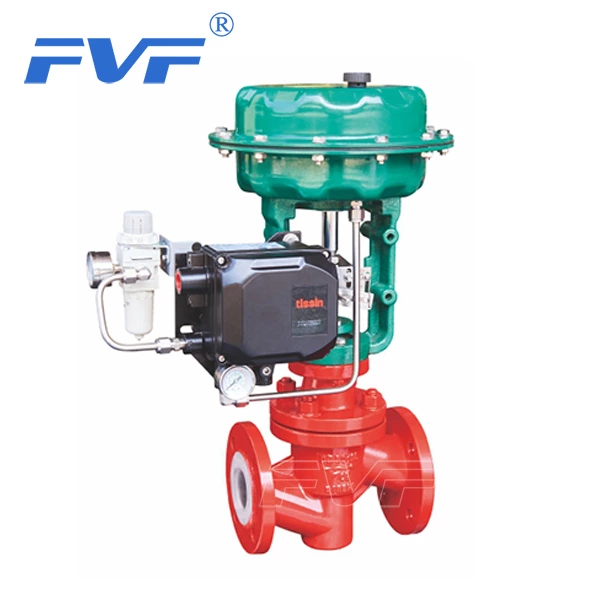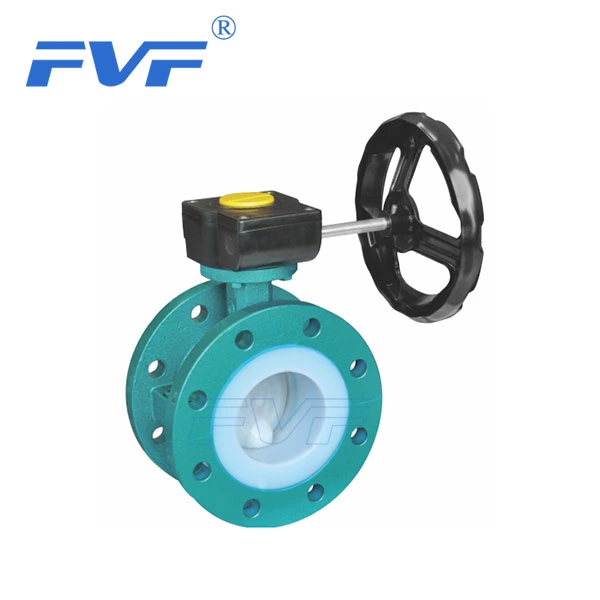A Closer Look At Fluorine-lined Globe Valves: A Practical Guide To Flow Regulation
In the complex industrial pipeline system, Lined Globe Valve has become the darling of many industries with its unique advantages. The key to this valve standing out from many types is its series of remarkable features and wide applicability. This article aims to explore the relevant knowledge of fluorine-lined stop valves in flow regulation in an easy-to-understand way, so as to help readers better understand and apply this important equipment.
The charm of fluorine-lined stop valves
As the name suggests, the inner wall and key components of the fluorine-lined stop valve are covered with a corrosion-resistant fluoroplastic layer, such as polytetrafluoroethylene (PTFE) or perfluoroethylene propylene copolymer (FEP), which makes it perform well in handling corrosive media. During its opening and closing process, the low friction design between the sealing surfaces not only prolongs the service life, but also ensures smooth and efficient operation. In addition, the fluorine-lined stop valve has a moderate opening height, a simple structure, and is easy to manufacture and maintain. These features together constitute the basis for its popularity.
Sealing performance and scope of application
The closing principle of the fluorine-lined stop valve is based on the pressure applied by the valve stem, which makes the valve disc sealing surface fit closely with the valve seat, thereby effectively preventing the flow of the medium. This design not only ensures good sealing, but also enables the valve to work stably under medium, low and even high pressure environments. It is worth noting that despite its excellent performance, the fluorine-lined stop valve is not suitable for conveying liquids containing solid precipitation or precipitated crystals to avoid damaging the sealing surface.
Considerations for flow regulation
In terms of flow regulation, the fluorine-lined stop valve is not as fine as some regulating valves, but it still has a certain adjustment ability. The setting of the flow direction of the medium varies according to the nominal pressure: when PN≤16MPa, the downstream design is mostly adopted, that is, the medium flows from the bottom of the valve disc to the top to reduce the pressure on the seal; when PN≥20MPa, the countercurrent design tends to be adopted to enhance the sealing effect. This design flexibility ensures the performance of the fluorine-lined stop valve under different working conditions.
Material and corrosion resistance
Thanks to the excellent performance of fluoroplastics, the fluorine-lined stop valve can easily cope with strong acids, strong alkalis, organic solvents and corrosive gases and liquids of various concentrations in the temperature range of -50℃ to 150℃. Whether it is inorganic strong acids such as aqua regia, sulfuric acid, hydrochloric acid, hydrofluoric acid, or various organic acids, strong oxidants, or even strong alkalis and organic solvents, the fluorine-lined stop valve can provide reliable sealing and transmission guarantees. This wide applicability makes it widely used in many industries such as petrochemicals, electric power, metallurgy, urban construction, and chemical industry.
Precautions in practical applications
When using the fluorine-lined stop valve, special attention should be paid to the fact that the flow direction of the medium cannot be changed at will to avoid affecting the sealing effect and valve life. At the same time, for media containing solid particles, high viscosity or easy to coke, careful selection or appropriate pretreatment measures should be taken to avoid damage to the valve. In addition, regular inspection and maintenance are also the key to ensure the long-term and stable operation of the fluorine-lined stop valve.
The fluorine-lined stop valve has become an indispensable member of the industrial pipeline system with its sealing performance, wide applicability and practical performance in flow regulation. By deeply understanding its working principle, structural characteristics and application precautions, we can better play the advantages of this valve and provide strong guarantees for the safe and efficient operation of various industrial processes.






